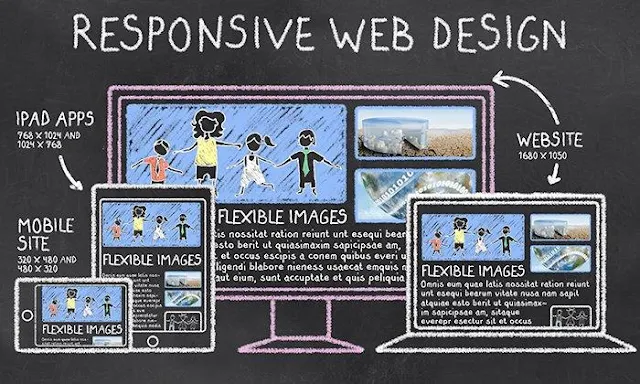In today's era of a mobile-centric world, having a website that seamlessly adapts to different devices and screen sizes is crucial for success. Responsive design plays a pivotal role in ensuring an optimal user experience and meeting the ever-evolving expectations of online visitors. In this blog, we will explore the importance of responsive design and provide practical insights on implementing this approach to elevate your website's performance.
Table of Contents
- Understanding Responsive Design
- Seamless User Experience
- Mobile-Friendliness and SEO
- Cost and Time Efficiency
- Implementation Tips
Understanding Responsive Design:
Responsive design is an approach to web design that aims to create websites that automatically adjust and optimize their layout and content based on the device being used. Whether accessed on a desktop, laptop, tablet, or smartphone, a responsively designed website provides users with a consistent and user-friendly experience. This adaptability eliminates the need for separate mobile and desktop versions of a website, streamlining maintenance and enhancing overall efficiency.
Seamless User Experience:
One of the primary advantages of responsive design is the ability to deliver a seamless user experience. Users expect websites to load quickly, be easy to navigate, and provide a visually appealing experience, regardless of the device they are using. Responsive design ensures that content is appropriately resized, images are optimized, and navigation elements are accessible, resulting in a cohesive and intuitive user journey.
Mobile-Friendliness and SEO:
With the increasing dominance of mobile devices in online browsing, search engines like Google have prioritized mobile-friendliness as a ranking factor. Responsive design ensures that your website meets Google's mobile-friendly criteria, boosting its visibility in search engine results pages (SERPs) and attracting more organic traffic. By optimizing your website for mobile devices, you improve your chances of appearing in mobile search results and reaching a wider audience.
Cost and Time Efficiency:
By adopting a responsive design approach, you eliminate the need for separate website versions for different devices. This reduces development and maintenance costs and saves time that would otherwise be spent on managing multiple websites. Additionally, updates and changes can be applied universally, ensuring consistent branding and messaging across all devices.
Implementation Tips:
To implement responsive design effectively, consider the following tips:
a. Prioritize mobile-first design: Start designing your website with the mobile experience in mind, ensuring that key elements and content are optimized for smaller screens.
b. Use a responsive framework: Leverage popular responsive frameworks, such as Bootstrap or Foundation, to expedite the development process and ensure compatibility across various devices.
c. Optimize images and media: Compress images and utilize modern image formats to reduce file sizes and improve loading times.
d. Test across devices: Thoroughly test your website on different devices and screen sizes to ensure a consistent and smooth user experience.
Responsive design is no longer an option but a necessity. By prioritizing responsive design, you can provide users with a seamless experience, improve your website's search engine visibility, and streamline your development and maintenance efforts. Embrace the power of responsive design to enhance your website's performance and elevate user experience across devices.
Remember, incorporating responsive design principles will not only benefit your users but also contribute to your website's SEO efforts, overall brand image, and conversion rates. Start implementing responsive design today and unlock the potential for unparalleled success in the digital realm.


